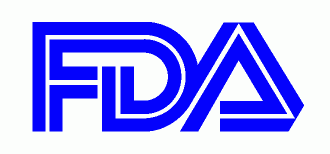Increased FDA scrutiny: 52% more warning letters last year

The FDA issued 52% more food-related warning letters in 2011 compared to the previous fiscal year, and recalls also remained high.
In a blog post, former FDA associate commissioner for foodsDavid Acheson, who now works for Leavitt Partners, a consulting firm headed by former Health and Human Services Secretary Michael Leavitt, wrote:“As FDA starts to focus on risk based inspection strategies, and the collecting of reinspection fees, food companies are going to want to do all in their power to avoid warning letters as well as 483s, which will likely herald closer FDA scrutiny as well as potential financial consequences.
“Paying close attention to preventive control systems is the best way to meet this goal.”
Warning letters are often issued as a result of violations found during initial FDA inspections, and reinspections to ensure compliance with food safety requirements could prove costly. Since October 2011, the FDA has levied a $224 hourly fee – rising to $335 if foreign travel is required – to reinspect domestic and foreign facilities, as well as importers.
The rate has been set at a level intended to pay for 100% of the agency’s costs related to reinspections and non-compliance with recall orders, and could mount up fast, as the calculation of hours necessary to deal with reinspections would not only include the inspectors’ time at the plant, but also time spent on travel, related administrative tasks, and analyzing samples from the facility.
The number of food-related recalls remained at a high level in 2011, with nearly 300 Class I recalls, after two consecutive years with a similarly high number, largely due to the massive recall of salmonella-tainted peanut products, followed by the recall of hydrolyzed vegetable protein (HVP) products, which were also thought to be contaminated with salmonella.
Acheson wrote:“Some would look at the high level of recalls and question if it means that food safety systems are failing? My view is that recalls actually indicate that important parts of the system are working. Recalls are never good but on the other hand illness linked to product that is not recalled is even worse.”
He added that with the increased use of resources like the Reportable Food Registry, the number of recalls is likely to remain high.
According to statistics from the Centers for Disease Control and Prevention, about 48m Americans get sick as a result of foodborne illness each year, and about 3,000 die. Former FDA economist Robert Scharff has estimated that foodborne illness costs the US economy about $152bn a year.










